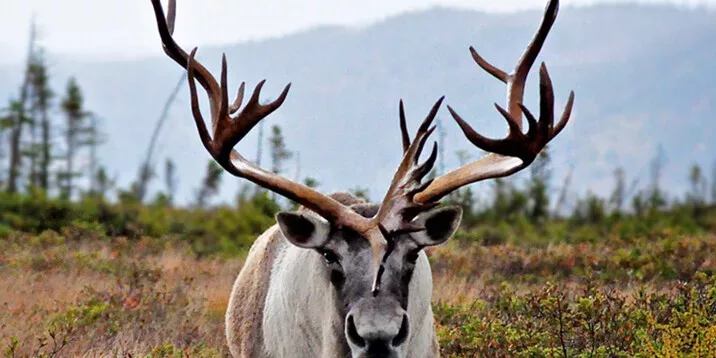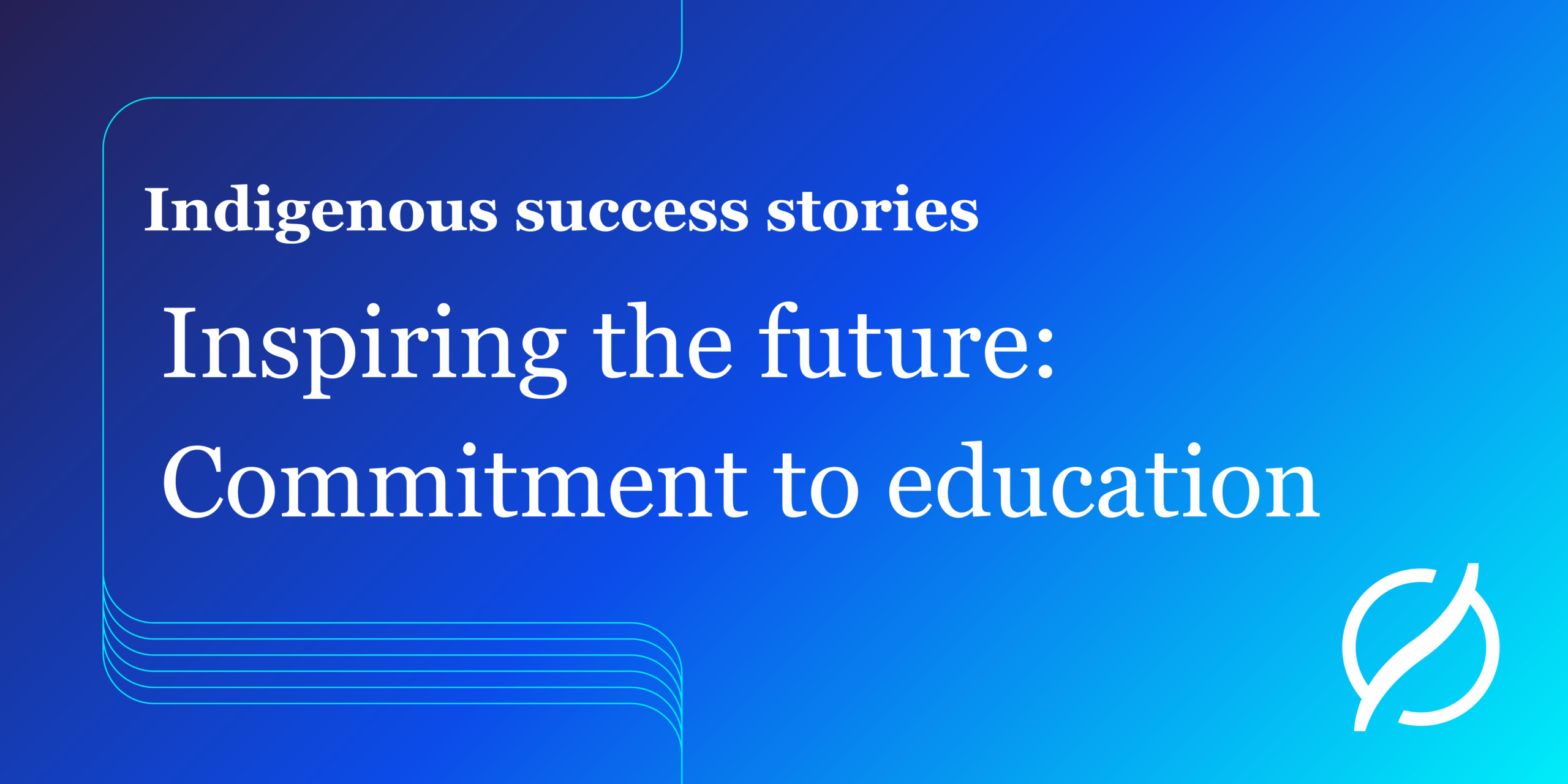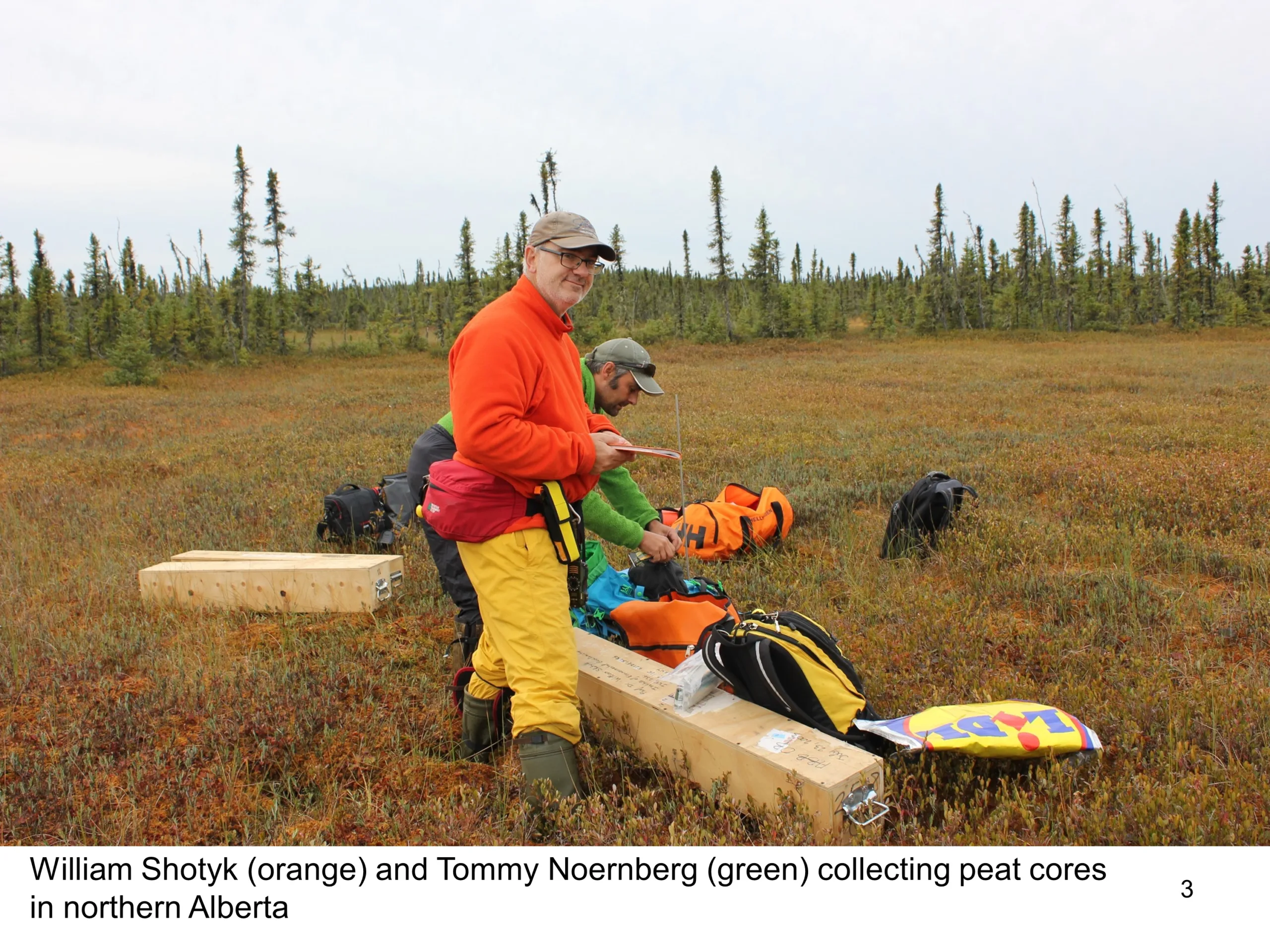Monitoring Habitat

Pathways Alliance – SUSTAINABILITY – monitoring habitat
Efforts by Canada’s oil sands industry to lessen its environmental footprint have resulted in globally significant work to reduce impacts to air, water and land and support biodiversity in Alberta’s boreal forest.
The industry aspires to be a world leader in environmental management.
Here’s one example of the work underway by Pathways Alliance companies: reclamation.
Wildlife monitoring plays an important role
Virgil Hawkes, president and CEO of LGL Limited, is passionate about both wildlife and conservation. He’s the lead on a unique study in Alberta’s oil sands where producers have come together on a large-scale wildlife monitoring project. What’s unusual about this initiative is its size and scope, something that is helping to provide a more accurate picture of how wildlife return to disturbed areas. It is also filling in important knowledge gaps in land management practices.
The monitoring data is helping companies measure the success of reclamation – the point at which a healthy, reconstructed landscape supports a diverse array of birds, animals, bats, frogs and other amphibians – even insects! From swallows to bears and mule deer to bumblebees, these reclaimed habitats commonly support more than 80 species of birds, over 20 species of wildlife, and a handful of amphibian species, including the tiny Canadian Toad.
Learn more about the efforts of Pathways Alliance members to advance responsible development of the oil sands industry.


